One Million Enigmatic Petroglyphs At Pilbara May Be The Planet’s Most Ancient
MessageToEagle.com – The rugged and remote Pilbara region, located about 1,300 kilometres north of Perth, Australia and covering some 500,000 square kilometres of land, is one of Australia’s most fascinating places with traces of Earth’s earliest life.
The ancient Pilbara’s 2.5 billion year old landscape keeps many prehistoric secrets.
Some of them have recently been unveiled by reseachers working in the area.
Researchers collecting rock samples in Pilbara region have discovered a mineral – ‘tranquillityite’ – previously believed to exist only on the Moon.
The team from the University of Western Australia (UWA) and Curtin University in Perth found the mineral in Pilbara’s dolerite rocks at six different sites in the state’s north.
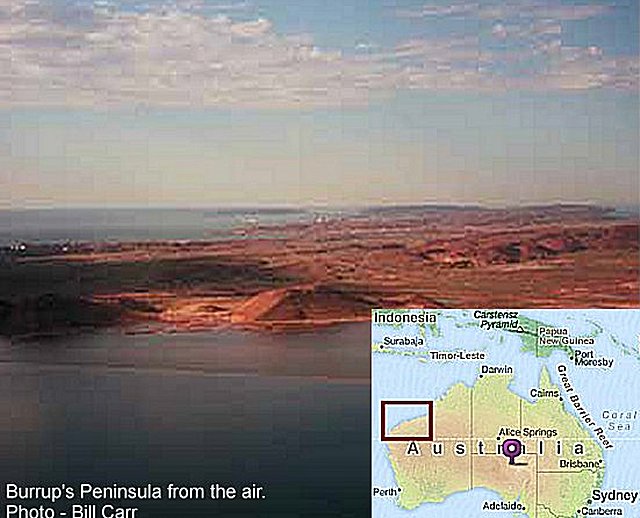
The uranium-lead dating indicates that the Pilbara rocks containing tranquillityite were over 1 billion years old, about 200 million years older than other scientific estimates, reported Australian Geographic.
See also:
Australia’s Pilbara Rock Art Older Than The Ice Age
Aboriginal People Inhabited Australia Before The Mungo Man – New Study Reveals
Worth mentioning is also discovery of traces of bacteria that lived a record-breaking 3.49 billion years ago, a mere billion years after Earth formed.
It’s our planet’s oldest fossils ever described and are our oldest ancestors, according to researchers. Unlike dinosaur bones, the newly identified fossils are not petrified body parts.
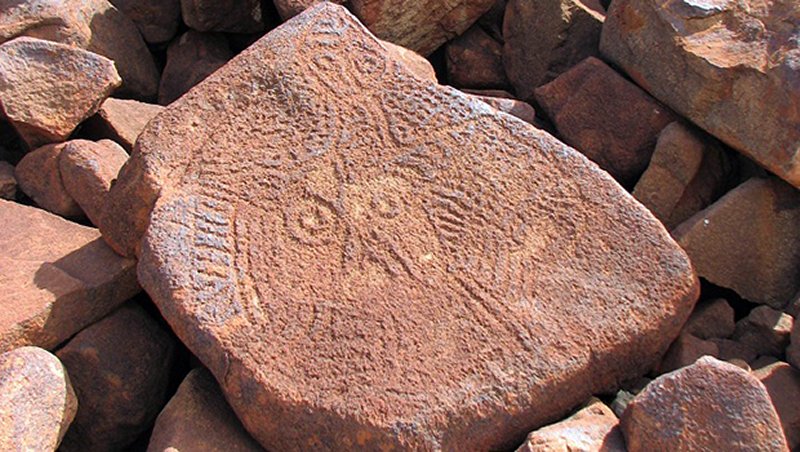
They’re textures on the surfaces of sandstone thought to be sculpted by once-living organisms.
The most famous, however, are Pilbara’s ancient Aboriginal rock petroglyphs that pre-date Stonehenge and Egypt’s pyramids.
Archaeologists have recently been able to confirms vast collection of Aboriginal engravings in the Pilbara region that may be tens of thousands of years old.
Australia’s most incredible, ancient Aboriginal engravings of human-like figures, animals (even creatures which have been extinct for about 3,000 years) and diverse human faces can be found in the Burrup Peninsula and surrounding Dampier Archipelago, Western Australia.
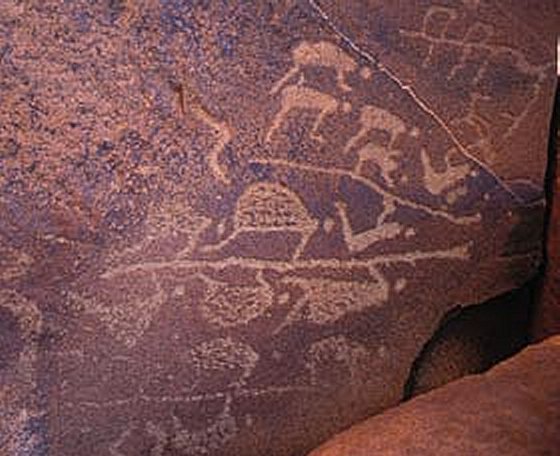
Their number is estimated up to 1 million images!
First, archaeologists estimated that some of these fascinating engravings to be up to 30,000 years old, but Professor Brad Pillans, a geologist at the Australian National University and his team took rock samples and measured the natural erosion rates of rock on the Burrup Peninsula in Western Australia.
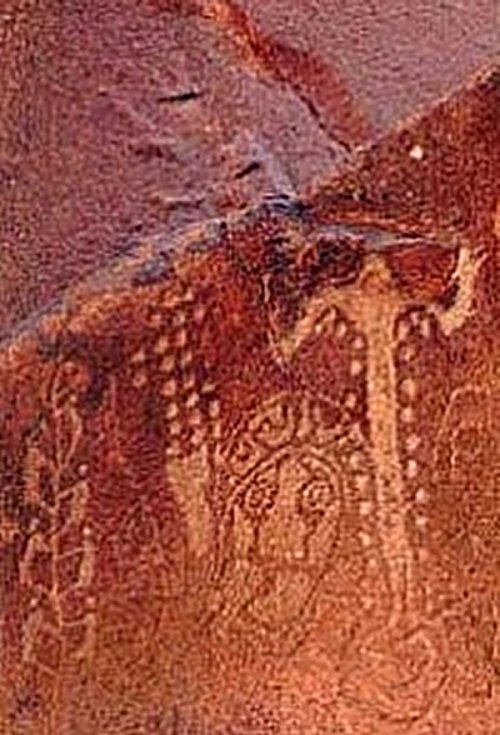
The climate of the Dampier Archipelago is described as tropical semi-desert with low, annual rainfall and the high evaporation rate.
The team’s results show that the area has some of the lowest erosion rates anywhere in the world, providing the perfect environment for preserving rock art. This could be attributed to the durability of the rock itself and the dry climate of the Burrup Peninsula.
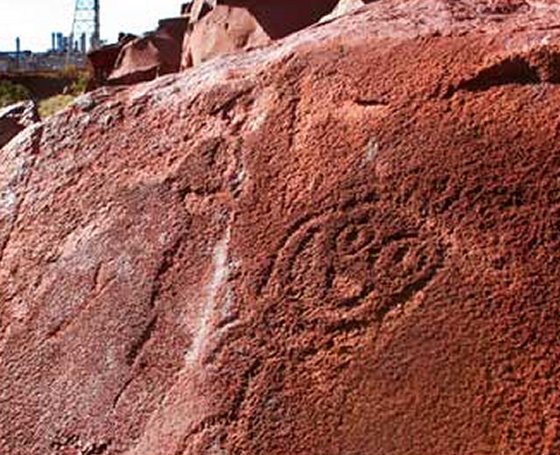
“The combination of hard rock and a dry climate means that the engravings could be up to 60,000 years old. That spans the known history of human settlement in Australia and suggests that some of the oldest rock art in Australia, and indeed the world, could well be on open-air display in the Burrup,” Professor Brad Pillans explained.
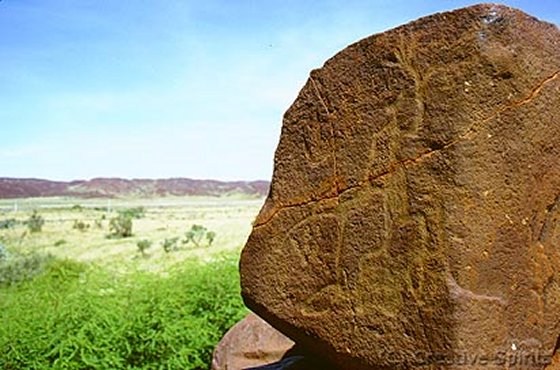
“As it turns out, the rocks on the Burrup Peninsula are extremely hard and are therefore very resistant to natural weathering processes,” Professor Pillans said.
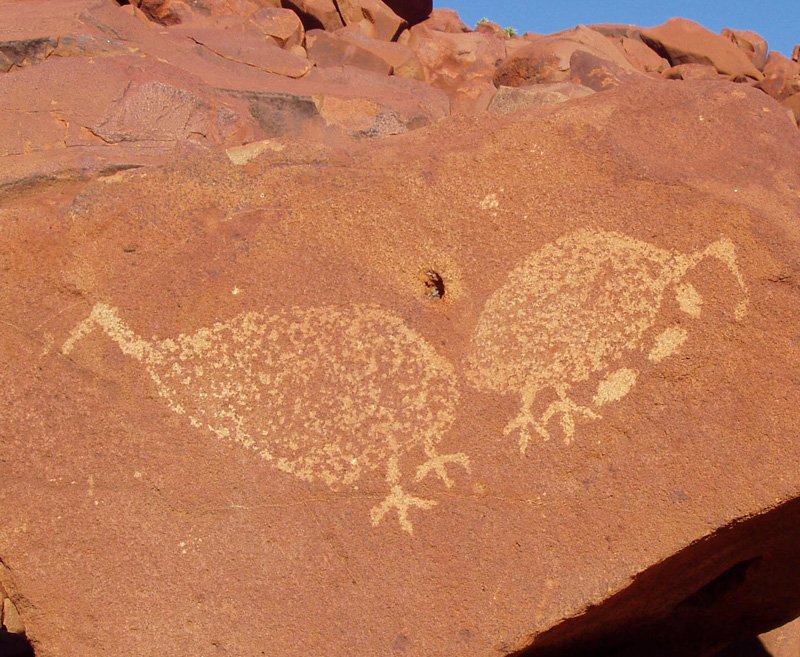
“When I first visited the Burrup Peninsula, I was absolutely amazed by the sheer number and variety of Aboriginal rock art engravings. It’s estimated that there are up to one million images there, many of which are spectacular works of art. Given the extraordinary amount and diversity of the rock art and its potential antiquity, I rather hope the area will soon be nominated for World Heritage listing,” Professor Pillans said.
MessageToEagle.com
Related Posts
-
 Zancig Code Can Turn Anyone Into A Telepath – This Mind-Reading Technique Works
No Comments | Mar 16, 2019
Zancig Code Can Turn Anyone Into A Telepath – This Mind-Reading Technique Works
No Comments | Mar 16, 2019 -
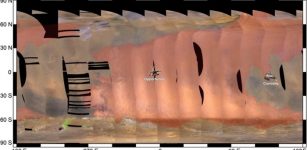 NASA’s Opportunity Mars Rover Is Battling a Dust Storm Of Epic Proportions. Will It Survive?
No Comments | Jun 14, 2018
NASA’s Opportunity Mars Rover Is Battling a Dust Storm Of Epic Proportions. Will It Survive?
No Comments | Jun 14, 2018 -
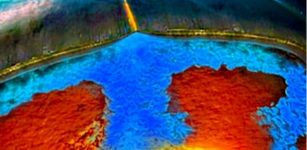 Giant Ocean Discovered Inside The Earth? Water Is Determined To Be Hundreds Of Kilometers Down
No Comments | Sep 29, 2022
Giant Ocean Discovered Inside The Earth? Water Is Determined To Be Hundreds Of Kilometers Down
No Comments | Sep 29, 2022 -
 Mystery Of Monte d’Accoddi: Was It An Ancient Step Pyramid, Altar Or Astronomical Observatory?
No Comments | May 17, 2016
Mystery Of Monte d’Accoddi: Was It An Ancient Step Pyramid, Altar Or Astronomical Observatory?
No Comments | May 17, 2016 -
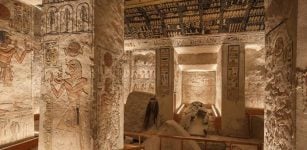 Unique Photos From Inside Of Ancient Tombs In Egypt’s Valley Of The Kings Revealed
No Comments | Oct 8, 2016
Unique Photos From Inside Of Ancient Tombs In Egypt’s Valley Of The Kings Revealed
No Comments | Oct 8, 2016 -
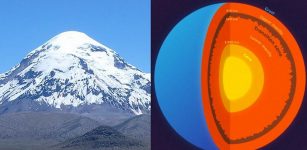 Giant Underground Mountains Revealed After Enormous Earthquake Struck Bolivia
No Comments | Feb 18, 2019
Giant Underground Mountains Revealed After Enormous Earthquake Struck Bolivia
No Comments | Feb 18, 2019 -
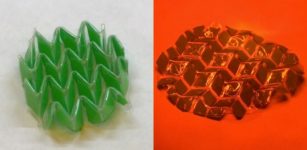 Amazing New Shape-Shifting Material – It Changes Shape Using Heat And Light
No Comments | Aug 28, 2018
Amazing New Shape-Shifting Material – It Changes Shape Using Heat And Light
No Comments | Aug 28, 2018 -
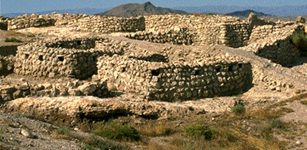 Los Millares – 5,000-Year-Old Advanced Copper City In Europe
No Comments | Mar 24, 2016
Los Millares – 5,000-Year-Old Advanced Copper City In Europe
No Comments | Mar 24, 2016 -
 Ruby – New Type Of Chocolate Invented– It’s Pink And Very Different
No Comments | Sep 6, 2017
Ruby – New Type Of Chocolate Invented– It’s Pink And Very Different
No Comments | Sep 6, 2017 -
 The Fountain Of Life: Water Droplets Hold The Secret Ingredient For Building Life
No Comments | Oct 6, 2022
The Fountain Of Life: Water Droplets Hold The Secret Ingredient For Building Life
No Comments | Oct 6, 2022
